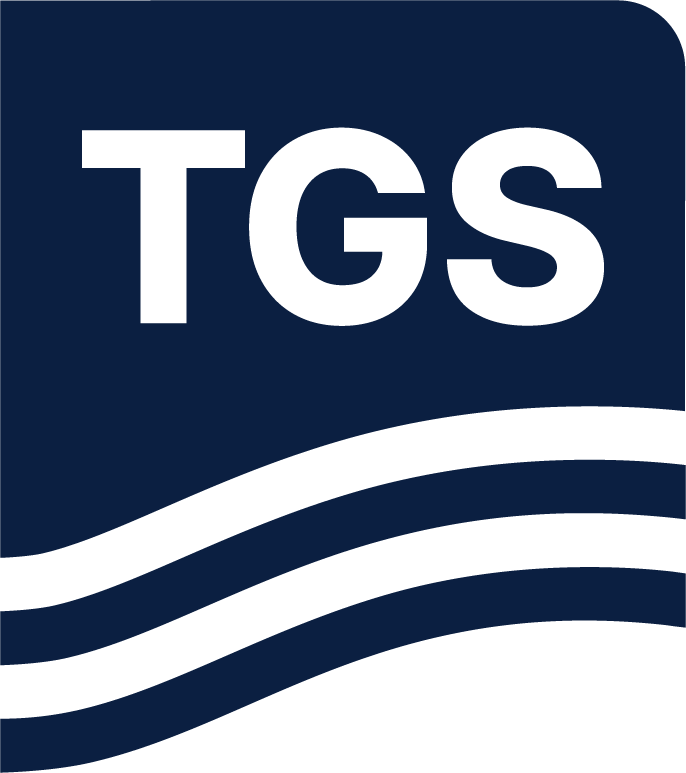Paper Summary
Over the last twenty years, full waveform inversion has transitioned from an approach championed, and almost exclusively used, by academic institutions to being a regular, albeit still expensive, method employed in exploration seismic data processing companies worldwide. The attraction of the approach is the promise of deriving high-fidelity earth models for seismic imaging from the full waveforms of the acquired seismic data. As our ability to understand and manage the complex, nonlinear inversions has developed and the computer power available has grown, full waveform inversion has become practical with an increasingly limited number of approximations (e.g., visco-acoustic, anisotropic full waveform inversion). This has, at least in a theoretical sense, increased the ability of the approach to outperform other model determination techniques (e.g. Jones 2012) such as semblance or ray-based tomography in terms of resolving complex, small-scale structures in the Earth. In this paper, we look at the algorithmic developments that have led to this increase in resolution and illustrate the advances achieved with a case study from the North Sea.

